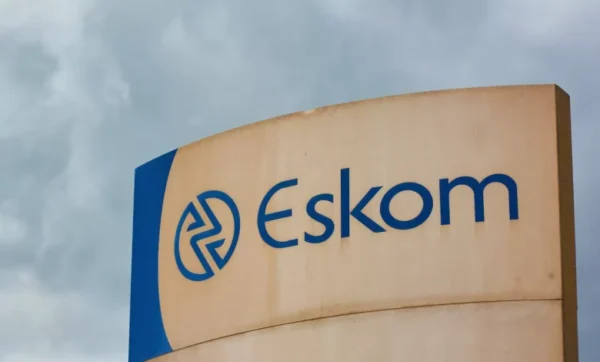In recent months, South Africa’s state-owned power utility, Eskom, has made significant strides in its efforts to stabilize and improve its operations, providing hope for a brighter future for the country’s energy landscape.
Following years of financial instability, technical failures, and widespread power outages, Eskom has been on a mission to address its challenges and ensure a steady and reliable electricity supply for the nation.
Positive Developments in Eskom’s Turnaround Strategy
Eskom’s management has implemented a series of measures aimed at improving operational efficiency.
The utility has ramped up efforts to increase generation capacity through both the completion of overdue power plants and refurbishment of aging plants.
The addition of renewable energy projects to Eskom’s portfolio is another positive step in diversifying energy sources, providing a buffer against the challenges of coal-fired power.
One of the key success stories has been the improvements in the performance of its existing power stations.
Through more effective maintenance schedules and a focus on addressing technical failures promptly, Eskom has seen a reduction in unplanned outages. This has eased the pressure on the national grid, reducing the frequency of load shedding in recent months.
Moreover, Eskom has made progress in strengthening its financial position by securing funding from both the public and private sectors. With these funds, Eskom aims to address outstanding debts, improve its infrastructure, and enhance its service delivery.
Projections for 2025: Path Toward Profitability
After years of financial losses, Eskom has announced a cautious but hopeful forecast for 2025.
With the improvement in operational efficiency, better management of its plants, and the stabilization of its financial standing, Eskom is now projecting that it will return to profitability by the end of 2025.
This optimistic outlook is largely driven by improvements in the utility’s financial discipline, the completion of key projects, and the reduction in costs associated with unplanned outages.
Eskom’s leadership believes that through rigorous cost control and ongoing investments in infrastructure, it can overcome the financial burden of unpaid bills and aging infrastructure, setting the stage for a more sustainable and profitable future.
However, this projection depends heavily on achieving financial discipline, reducing operational inefficiencies, and improving the country’s overall economic climate.
Challenges Still Loom Large
Despite the positive strides, Eskom’s turnaround is not without significant challenges. One of the most pressing issues remains the aging fleet of power stations, many of which are over 40 years old.
Maintaining and upgrading these plants while also meeting increasing demand for power continues to be a difficult balancing act.
Unpaid Bills and Debt Collection Crisis
A significant challenge Eskom continues to face is the large volume of unpaid bills, especially from municipalities and certain private sector entities.
The debt owed to Eskom by local governments and businesses is estimated to be in the billions of rands. This unpaid debt impacts Eskom’s ability to fund its operational costs and infrastructure upgrades.
The situation is compounded by inefficient debt collection practices and resistance from certain municipalities that are financially strained and unable to pay their bills. Eskom has been exploring legal avenues to recover outstanding amounts, but the process remains slow and difficult.
Furthermore, Eskom’s reliance on coal remains a critical challenge. The transition towards cleaner and more sustainable energy sources is necessary, but the pace of change has been slow.
The costs of decommissioning old coal plants and investing in alternative energy sources, such as solar and wind, have placed financial pressure on Eskom.
Another ongoing issue is the problem of corruption and mismanagement that has plagued the utility in the past.
Although efforts to root out corruption have been ongoing, there are still concerns about the effectiveness of governance reforms.
The utility’s leadership continues to grapple with maintaining financial discipline and transparency in an environment that has been marred by historical mismanagement.
Looking Ahead: A Fragile Recovery
Eskom’s path to full recovery is still uncertain.
While positive steps have been taken, including reducing load shedding and diversifying the energy mix, Eskom must continue its efforts to modernize its infrastructure, ensure financial stability, and embrace sustainability to ensure long-term energy security for South Africa.
As Eskom works to stabilize the grid and improve its financial health, its recovery will depend on overcoming these challenges, including unpaid bills, and the government’s role in supporting the utility will remain crucial.
As the country continues its journey toward energy sustainability, Eskom’s future success will be central to South Africa’s economic growth and stability.
Also Read
Ethiopia Launches First Stock Exchange: A Historic Step in Economic Liberalization

